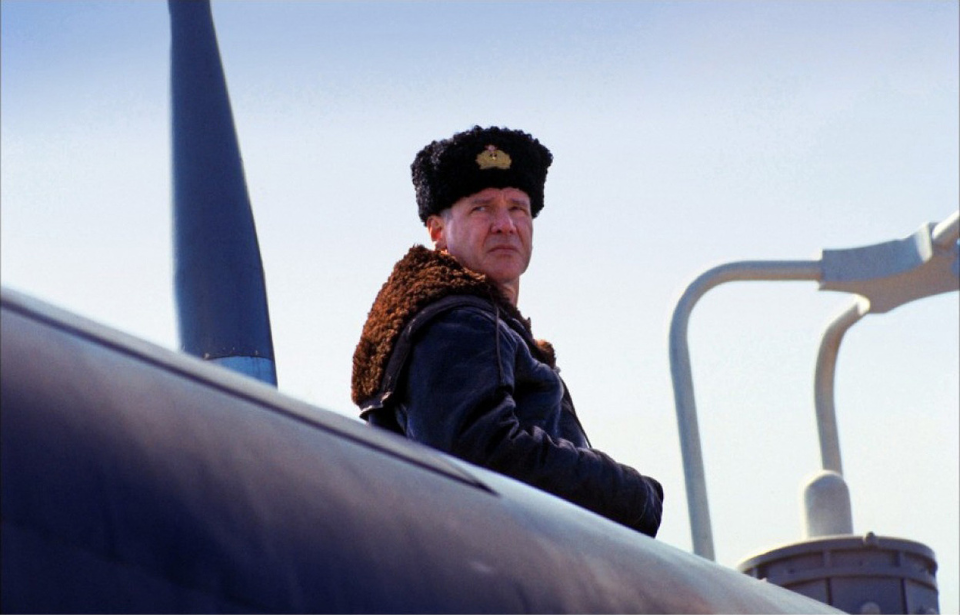K-19 was the first submarine of the Soviet Union’s Project 658, the first generation of Soviet nuclear submersibles that carried an armament of nuclear ballistic missiles. The vessel was quickly built, due to US submarine developments during the Cold War. On K-19‘s maiden voyage in July 1961, she suffered a nuclear incident, which earned her the nickname “Hiroshima” and inspired the 2002 Harrison Ford film, K-19: The Widowmaker.
K-19 was an unlucky submarine
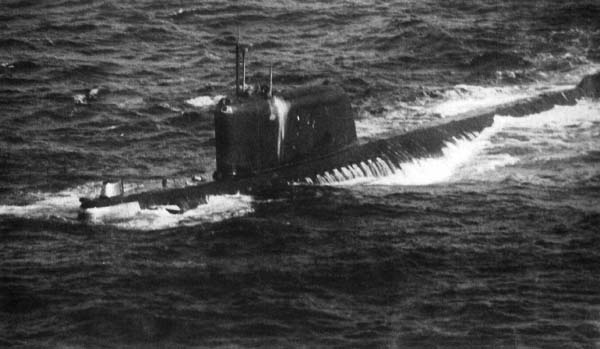
In the 1950s, the Soviet Union began constructing a nuclear submarine fleet. Ordered on October 16, 1957 and laid down a year later, K-19 was unlucky from the very start. During the vessel’s construction, eight workers died: two were killed in a fire, while six more died after inhaling fumes when gluing rubber lining to a water cistern.
Following construction, two more people died. An engineer fell between two compartments, while an electrician was crushed to death by a missile tube door when the submarine was being loaded with nuclear missiles. Symbolically making matters worse, a man, instead of a woman, was chosen to break a bottle of champagne on the boat’s stern at K-19′s launch in 1959. It didn’t break, seemingly confirming the unluckiness of the submarine.
K-19 suffered her first accident in January 1960, following the improper operation of her nuclear reactor. This resulted in the reactor-control rod being bent, and it required the device be dismantled and repaired. After this, the submarine completed sea trials. During these tests, she suffered flooding. On top of this, it was discovered the hull’s rubber coating had detached and the whole vessel had to be re-coated.
Despite all this, K-19 was commissioned into the Soviet Navy on April 30, 1961, with a crew of 139.
Suffering a nuclear incident at sea
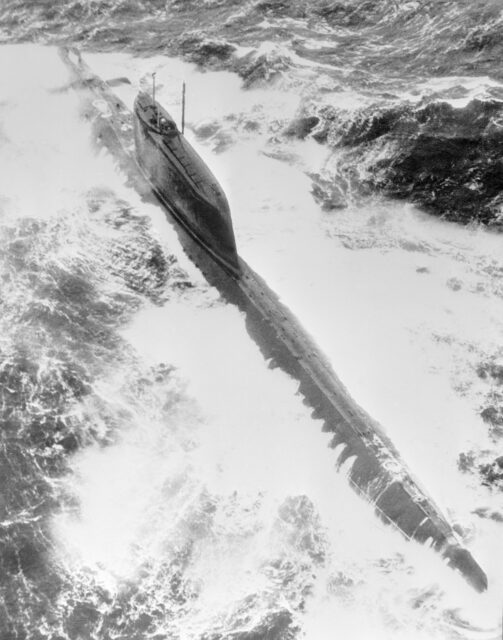
On July 4, 1961, during K-19’s first cruise, a serious incident occurred. The vessel was conducting exercises in the North Atlantic, just off the southeast coast of Greenland, when the starboard nuclear reactor’s cooling system dropped to zero. It was discovered the reactor coolant system had a major leak, which had caused the coolant pumps to fail. To make matters worse, the long-range radio system was damaged and the crew couldn’t contact Moscow of their predicament.
The reactor’s control rods, which control the rate of fission of the nuclear fuel, were automatically inserted by the emergency SCRAM system. This, however, didn’t stop the temperature from rising, with it hitting 1,470 degrees Fahrenheit. Capt. Nikolai Vladimirovich Zateyev ordered the engineers jury-rig a new coolant system by cutting off an air vent valve and welding a water-supply line to it.
This was successful, and the introduction of water reduced the reactor’s temperature – although it did require those working on this new system to do so in high radiation for long periods of time. They took as many precautions as they could; it was reported the sailors who entered the reactor compartment only remained inside for five to 10 minutes, in teams of three.
This, however, did little to help. In a 1994 interview with the Los Angeles Times, Zateyev recalled that one of his men, Boris Korchilov, entered the compartment and, after a while, exited, ripped off his gas mask and vomited.
The situation continued to grow dire
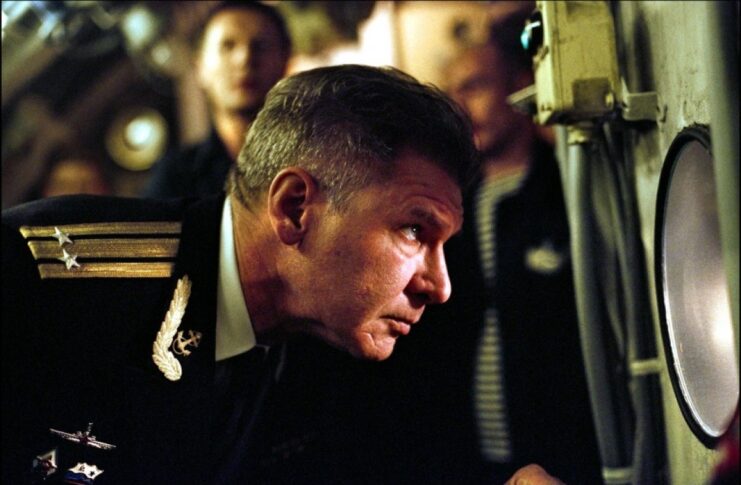
Radiation ultimately began to contaminate other compartments of K-19 through her ventilation system. Ultimately, the entirety of the crew was exposed to radiation, along with the whole submarine and some of the ballistic missiles. Within a month of the incident, all seven engineers and their divisional officer died of radiation poisoning, with another 15 crewmen dying over the next two years.
Zateyev decided, instead of continuing on the planned route, K-19 would sail south to meet Soviet diesel-powered submarines and evacuate the vessel. American warships heard K-19’s distress call and offered to help, but, fearing they may gain Soviet military secrets, Zateyev decline their offer.
While sailing south, Zateyev also feared his crew may mutiny, and he had all small arms thrown overboard, except for five pistols for himself and his most trusted officers. S-270, a Whiskey-class diesel-powered Soviet submarine, received K-19’s faint distress call. The vessel then sailed to her and evacuated her crew, after which K-19 was towed back to the Soviet Union.
Aftermath of K-19’s nuclear incident
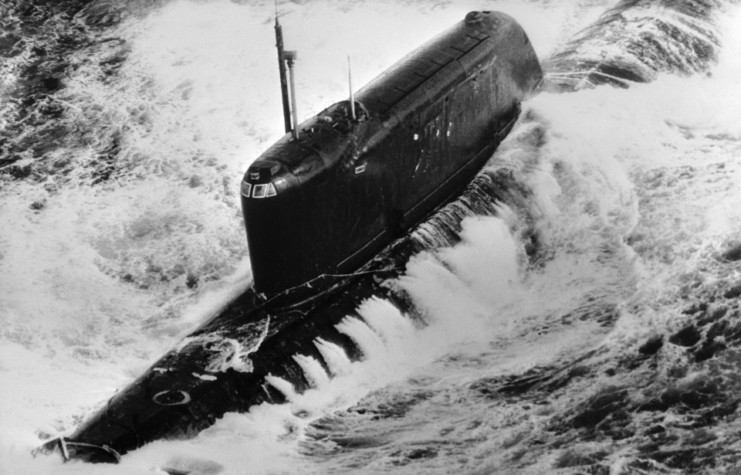
After being towed back to the Soviet Union, K-19 underwent extensive repairs over the subsequent two years. Her reactors were removed and replaced, with the old ones scuttled in the Kara Sea. This, however, contaminated the nearby environment. After repairs were completed, K-19 returned to the Soviet fleet with the nickname, “Hiroshima,” in reference to the atomic bombing of the Japanese city during the Second World War.
The official Soviet explanation for the incident was faulty welding during the boat’s construction. Officials stated that, when welding, a welder didn’t use the required protective asbestos drop cloths to stop the piping system from exposure to sparks, ultimately producing an invisible crack. When this crack was exposed to very high pressure, the pipe became compromised and failed.
Some disagreed with this conclusion. Retired Rear Adm. Nikolai Mormul stated that, when K-19’s reactor was started on shore, no one had attached a pressure gauge to the cooling circuit. Once this problem was discovered, the pipes had already been exposed to the pressure of 400 atmospheres, double what the pipes could handle.
Legacy of K-19‘s nuclear incident

The longest-lasting legacy of the K-19 incident is its impact on the environment. The Soviet Union, for an incredibly long time, disposed of nuclear submarines or nuclear reactors by scuttling them. Ecologist Anna Ridiger told Lenta, “The Kara Sea has always been a garbage dump. A cemetery for everything you can imagine. Nobody gave any thought to whether it was environmentally friendly or not, they just dumped it there.”
Capt. Vladimir Gundarov told MK, “The Kara Sea and the bays in the Novaya Zemlya area were, in Soviet times, the place where spent nuclear reactors and old nuclear submarines were dumped.” These nuclear reactors, including K-19’s, were mothballed by filling them with a preservative based on furfural, which was intended to seal them for 500 years. Once they’d been sealed, they were dumped into the ocean.
Researchers from Russia’s emergency services ministry and the Russian Academy of Sciences recently located K-19’s reactor. This didn’t come as a surprise. As stated by Shirshov Institute Director Alexei Sokov in an interview with Ecology of Russia, “Our task is to find, map, and measure the level of danger. If the pollutant lies at the bottom, then it is necessary to arrange monitoring, to ensure that the shell does not collapse. If it collapses, then this will certainly entail environmental problems.”
It actually wasn’t until the early 2000s when nations, such as the “United States, Germany, France, Italy, Canada, Japan [and] Norway” partnered with Russia for the creation of storage facilities for naval radiation hazards. These contain these hazardous materials, instead of putting them into the ocean.
K-19: The Widowmaker (2002)
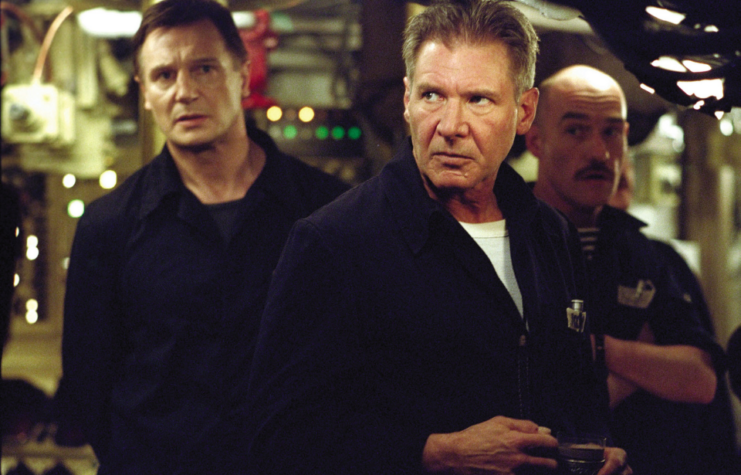
K-19: The Widowmaker, based on the events of K-19’s maiden voyage, is a historical drama film directed by Kathryn Bigelow and starring Harrison Ford in the lead role. Set against the backdrop of the Cold War, it explores the intense rivalry between the United States and the Soviet Union in the race for nuclear supremacy.
Capt. Alexei Vostrikov, played by Ford and based on Capt. Nikolai Vladimirovich Zateyev, is assigned to command K-19. As the submarine embarks on her mission, it becomes apparent she’s plagued by mechanical issues and design flaws. The crew, led by executive officer Mikhail Polenin (portrayed by Liam Neeson), initially resents Vostrikov’s strict leadership style. However, when the reactor coolant system malfunctions, threatening a nuclear meltdown, they unite to prevent a catastrophic disaster.
More from us: The USS Oriskany Was Purposefully Sunk In the Gulf of Mexico to Form An Artificial Reef
The film delves into the crew’s bravery and sacrifice as they work tirelessly to repair the failing reactor, exposing themselves to high levels of radiation. Their desperate attempts to save K-19 and themselves create a tense and claustrophobic atmosphere, highlighting the harsh realities of life aboard a submarine and the dire consequences of nuclear power gone awry.
